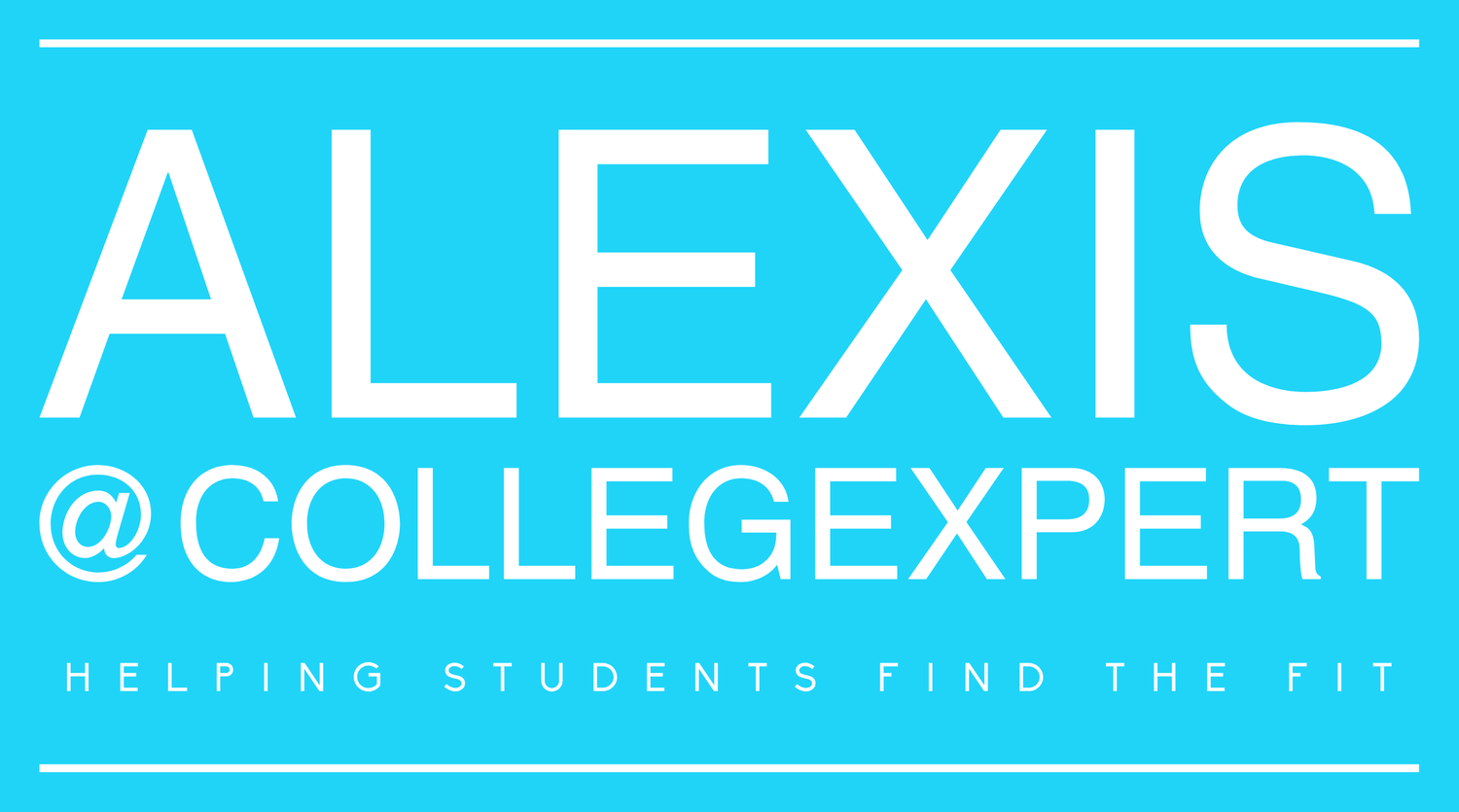Why College Admissions Are Tougher Than Ever - What You Need to Know Now
College admissions have become intensely competitive, with applications increasing by 6% and acceptance rates at elite institutions dropping below 4%. You're now competing in a landscape where holistic reviews evaluate your authentic experiences and character beyond grades.
Test-optional policies have shifted focus to your complete profile, while diversity strategies evolve post-Supreme Court ruling. Early Decision applications offer higher chances but require careful consideration.
The following strategies will help you steer through this challenging new reality.
Key Takeaways
Applications have increased by 6% in the 2024-2025 cycle, with each student applying to an average of 6.1 colleges.
Acceptance rates at elite institutions have plummeted to record lows, with Harvard at 3.59% and Columbia at 3.85%.
Test-optional policies at 80% of U.S. colleges have shifted emphasis to holistic factors like essays and extracurriculars.
The Supreme Court ruling on race-conscious admissions has transformed diversity practices at selective institutions.
Early Decision applications offer significantly higher acceptance rates but require binding commitments with financial implications.
The Application Numbers Game
As the college application process continues to evolve, today's students face unprecedented competition in their pursuit of higher education. The numbers tell a compelling story: applications increased by 6% in the 2024-2025 cycle, while students are submitting to more schools than ever—averaging 6.1 colleges per applicant.
You're competing in the largest high school graduating class in U.S. history, with nearly 3.9 million peers vying for the same spots. This demographic shift has resulted in some universities receiving over 100,000 applications, pushing acceptance rates to record lows. Early action applications have surged by 17% year-over-year, creating additional pressure on students to make earlier decisions.
The growing trend of holistic admissions means that your entire profile, not just grades, will be scrutinized by admissions committees. With increased applications leading to intensified competition, schools are faced with higher rates of deferrals and rejections.
Your application strategies must adapt accordingly. Notice that less selective schools saw higher application growth (6-7%) than elite institutions (4%), suggesting potential opportunities if you cast a wider net beyond just prestigious names.
Elite Institution Acceptance Trends: What the Statistics Really Mean
The raw numbers behind elite college acceptance rates tell a deeper story than most applicants realize. Harvard's 3.59% acceptance rate isn't just a statistic—it represents a fundamental shift in elite university selectivity.
While the "Big Three" (Harvard, Yale, Princeton) maintain rates below 6%, you'll notice marked variations even within the Ivy League, with Cornell and Dartmouth hovering between 5-12%. Analyzing admissions data can provide insights into these variations and help students set realistic expectations.
What's essential to understand is the dramatic impact of application timing. Early Decision applications receive considerably higher acceptance rates—often 2-5 times regular admission odds. Dartmouth demonstrated this trend with a 17.0% acceptance rate for early decision applicants in 2024. Columbia University shows this intensifying selectivity with their 3.85% acceptance rate for the Class of 2028.
These acceptance rate trends aren't random fluctuations but reflect strategic institutional priorities, including class size management and application volume pressures that continue to intensify competition at elite universities nationwide.
Holistic Review: Beyond GPA and Test Scores
While colleges publicly discuss their "holistic review" processes, many applicants still fixate on GPA and test scores alone, missing crucial opportunities to stand out.
To succeed in today's competitive admissions process, you'll need to display your complete profile through multiple components.
Here's what admissions officers are actually evaluating:
Your personal narrative - essays that reveal character, values, and how you've overcome challenges. Strong essays can provide a glimpse into your academic performance metrics, which may enhance your application.
Authentic extracurricular involvement showing depth rather than breadth, highlighting leadership and sustained impact. Participation in activities demonstrates the ability to balance academics with other interests.
Unique experiences that demonstrate how you'll contribute to campus culture and align with the institution's mission. Top colleges seek students who will enrich their learning environment through diverse classroom makeup and varied perspectives.
Remember that recommendation letters, work experience, and community engagement often carry as much weight as academics. Schools seek students who'll enrich their campus community, not just those who excel at taking tests.
Diversity and Inclusion: New Priorities in Admission Decisions
Recent college admission practices have undergone profound transformation since the Supreme Court banned race-conscious admissions, creating a new landscape for students to maneuver.
You'll notice colleges implementing new diversity strategies while maintaining inclusion metrics through alternative means. Early data shows concerning trends—Black student admissions have declined at many selective institutions, while Hispanic enrollment continues to rise nationally.
Colleges are adapting through holistic review processes that consider socioeconomic factors and community involvement. If you're applying to college now, you should understand that institutions are seeking diverse perspectives without explicitly considering race.
Some states have additionally restricted DEI programs, further complicating the picture. As you maneuver through this changing environment, remember that demonstrating how you'll contribute to campus culture and community has become increasingly important in the admissions process. Additionally, maintaining strong academic performance throughout your high school years can significantly enhance your application.
Test-Optional Policies and Academic Expectations
Beyond diversity considerations, standardized testing represents another major shift in college admissions that you'll need to understand. Nearly 80% of U.S. colleges now offer test-optional policies, where submitting SAT/ACT scores is your choice. This shift aims to increase equity considerations by removing barriers for underrepresented students.
When deciding on test score submission, consider these key factors:
Compare your scores to the school's median – submit if you're above the 50th percentile
Evaluate your complete application package, including GPA and coursework rigor
Research how each institution weighs test scores within their holistic review process
Without test scores, colleges place greater emphasis on your academic record, course difficulty, essays, and extracurricular activities.
Strong performance in challenging classes becomes especially vital evidence of your college readiness. Additionally, understanding the differences between test optional and test blind policies can help you make informed decisions about your application strategy.
Strategic Planning: Smart Approaches for Today's Admissions Process
Today's college admissions process demands a strategic approach informed by data-driven decision-making. With application inflation reaching record levels — over 8 million Common App submissions for the Class of 2025 — you're facing unprecedented competition that requires integrated strategies for success.
Focus on fit rather than application quantity. With one in five students now submitting 10+ applications, colleges are increasingly valuing authentic interest over volume. Pay special attention to program-specific admission rates, as selective majors like Business and Computer Science often have considerably lower acceptance rates than overall college figures.
Consider Early Decision options carefully, as top institutions fill over half their classes through binding ED plans.
For enrollment optimization, recognize that outdated pre-pandemic data won't serve you well—strategies must reflect current trends, including FAFSA changes and yield volatility. Engaging with a college admissions counselor early can provide invaluable insights and support throughout this process.
Why College Admissions Are Tougher Than Ever
You're facing a college admissions process that's more competitive than ever, but strategic preparation makes all the difference. Start early, display your authentic self beyond numbers, and understand each school's unique priorities. Embrace test-optional policies wisely, cultivate meaningful extracurriculars, and develop a balanced college list.
With thoughtful planning and realistic expectations, you'll steer through this challenging process more confidently and successfully.
Are you trying to get into your dream college but feeling a bit lost? Don't worry, I’m here to help you make it happen! Let's work together to make your college dreams come true!
Enroll in my exclusive College Bound Online Course and unlock the insider secrets to make your dream college a reality.
Sign up now and pave your path to success! 🚀





